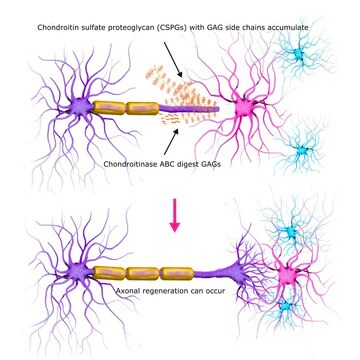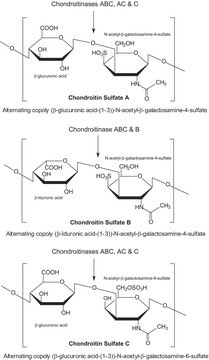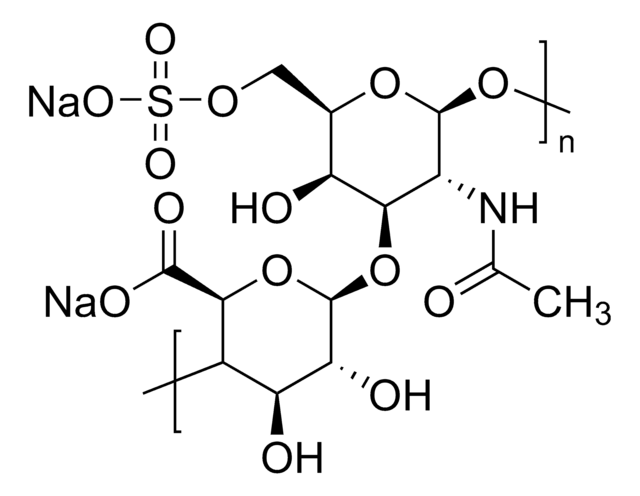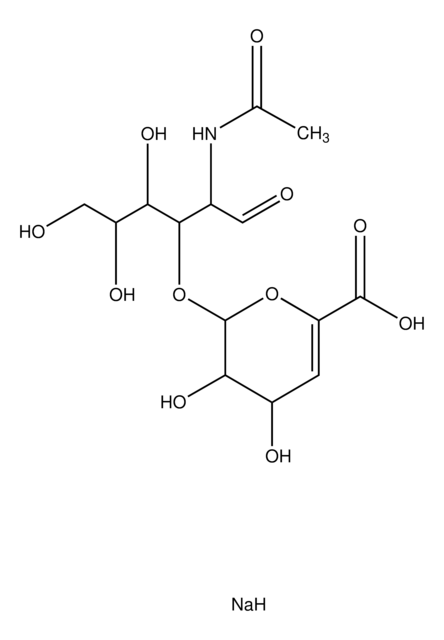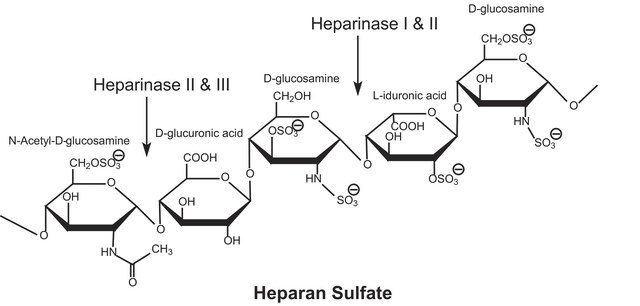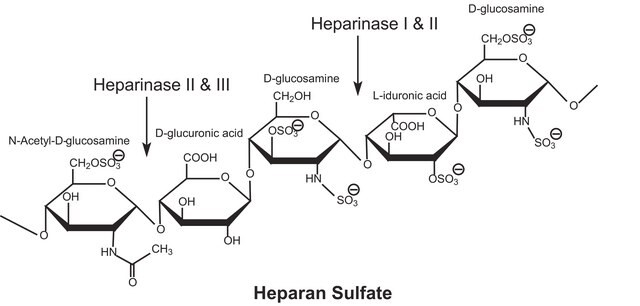Kluczowe dokumenty
E2039
Chondroitinase AC from Flavobacterium heparinum
recombinant, expressed in E. coli, ≥200 units/mg protein, For Chondroitin Sulfate Analysis
Synonim(y):
Chondroitin AC lyase
About This Item
Polecane produkty
rekombinowane
expressed in E. coli
Poziom jakości
białko sprzężone
(Glucosaminoglycan)
Próba
≥90% (SDS-PAGE)
Postać
lyophilized solid
aktywność właściwa
≥200 units/mg protein
Warunki transportu
dry ice
temp. przechowywania
−20°C
Szukasz podobnych produktów? Odwiedź Przewodnik dotyczący porównywania produktów
Zastosowanie
Definicja jednostki
Inne uwagi
Kod klasy składowania
11 - Combustible Solids
Klasa zagrożenia wodnego (WGK)
WGK 2
Temperatura zapłonu (°F)
Not applicable
Temperatura zapłonu (°C)
Not applicable
Certyfikaty analizy (CoA)
Poszukaj Certyfikaty analizy (CoA), wpisując numer partii/serii produktów. Numery serii i partii można znaleźć na etykiecie produktu po słowach „seria” lub „partia”.
Masz już ten produkt?
Dokumenty związane z niedawno zakupionymi produktami zostały zamieszczone w Bibliotece dokumentów.
Klienci oglądali również te produkty
Produkty
Dowiedz się więcej o glikozoaminoglikanach i proteoglikanach, w tym o strukturze glikozoaminoglikanów (GAG), różnych typach GAG i ich funkcjach.
Nasz zespół naukowców ma doświadczenie we wszystkich obszarach badań, w tym w naukach przyrodniczych, materiałoznawstwie, syntezie chemicznej, chromatografii, analityce i wielu innych dziedzinach.
Skontaktuj się z zespołem ds. pomocy technicznej